The Joys and Trials of Urban Hydroponics: A Backyard Adventure
When I first decided to dip my toes into the world of urban farming, I had no idea what I was getting myself into. You know, the idyllic thought of growing your own fresh veggies while city life buzzed around me was enough to get my homebody heart racing. I’d seen pictures of these stunning produce-filled shelves, greenery popping against the concrete backdrop of the city. It’s one of those trendy endeavors that makes you feel a bit hip, you know? But I learned quickly that it wasn’t as simple as just popping some seeds into water.
The Planning Phase
Armed with fancy YouTube tutorials, I sketched out my first grand design on the back of a takeout menu. A small aquaponics system seemed perfect — fish and plants working together in some kind of utopian mini-ecosystem. I had visions of fresh basil, crisp lettuce, and vibrant fish swimming happily below. After some scouring around town, I snagged a couple of goldfish from the local pet store. But instead of being a savvy urban gardener, I felt like a kid playing in a big pile of Lego.
Initially, I thought I nailed it, but then reality hit like a rogue wave. My husband and I converted an old plastic storage bin we’d had lying around into a fish tank. Hear that? Ocean waves crashing against a sandy shore? No? Maybe it was more like the sound of water sitting stagnant. I swear, the smell of that corner in our backyard began to slowly morph from “new project” to “forgotten swamp.”
The Setup
We scavenged for leftover materials, using PVC pipes from my husband’s failed DIY plumbing project. It was like an episode of “American Pickers,” but instead of valuable antiques, we pieced together a chaotic concoction of aged tools and oddballs. The plastic tub became a home base for some very confused fish, while the holes cut in the top became a makeshift bed for herbs and greens.
I filled the tank with water, moved in my tiny crew of fish, secured a makeshift pump from an old fountain in the shed’s corner, and waited for everything to balance itself out. Sounds straightforward enough, right? I mean, how hard could it be?
Fishy Troubles
Well, less than a week in, things took a turn. The water started to turn green — not the lush, garden green I dreamt of — more like “the-qualifier-for-a-horror-movie” green. My fish looked a little less chipper, and I nearly fell off my chair in disbelief when I noticed one of my little buddies floating sideways. Total fish drama!
I frantically Googled “why is my fish floating?” and came face-to-face with panic in the form of overfeeding. Turns out, the “perfect” fish food my son picked out at the store turned into an algae buffet, sending my carefully crafted ecosystem into a tailspin. Who knew? With warped desperation, I sloshed my arms into that tank, trying to sort out what I thought was an aquatic apocalypse, complete with smells I still haven’t been able to fully describe — a weird mix of earth and rot.
The Experiment Continues
But I was not one to quit. I adjusted the feeding, tinkered with the pump, and meticulously monitored the water every day like a premature father waiting for a baby to arrive. The herbs began to sprout, slowly but surely, from their little pockets of PVC. Small victories, but they kept me going. I started with basil, which felt fitting because it’s a staple in our house — the same kind of herb that made spaghetti nights feel like gourmet dinners.
In our little setup, I realized that even the strangest problems contributed to learning new things. The more I fudged it, the more colorful my patches felt and look. I swapped out materials, added a few flower pots, and once even dredged through the nearby creek for some native aquatic plants to help clean the water’s mess.
The Warmth of Community
One Saturday, I finally dragged my neighbor — who’s into gardening and knows a million plants — over for a little inspection. As he leaned over the fish tank and took a good whiff, he chuckled and patted me on the back. “You’re nearly there! Just… maybe clean it a little more often.” I burst into laughter. The guy knew I had hoped to grow “local post-apocalyptic farming” vibes, but here I was with an aquarium of chaos instead.
We chatted about urban farming, ecology, and how incredibly rewarding it is to grow something with your own hands. The more we spoke, the more I began to understand. Every snag taught me patience. Every scent taught me consideration. Every floating fish taught me the importance of not rushing — allowing time, care, and persistence to nurture something beautiful.
The Takeaway
So now, sitting here, sipping coffee and reflecting on that chaotic adventure of urban hydroponics, I realize that it’s not just about the plants or the fish or even the (not-so-wonderful) smells wafting through the backyard. It’s about the moments. The struggles. The communal laughter shared with neighbors who have crooked, brightly colored gardens of their own.
If you’re thinking about trying your hand at this, don’t worry about getting it perfect. Just start. You’ll figure it out as you go, and those little missteps? They’ll turn into stories and smiles over coffee someday.
If you’re ready to create your own urban farming adventure, come join the next session — let’s learn together! Join the next session here!

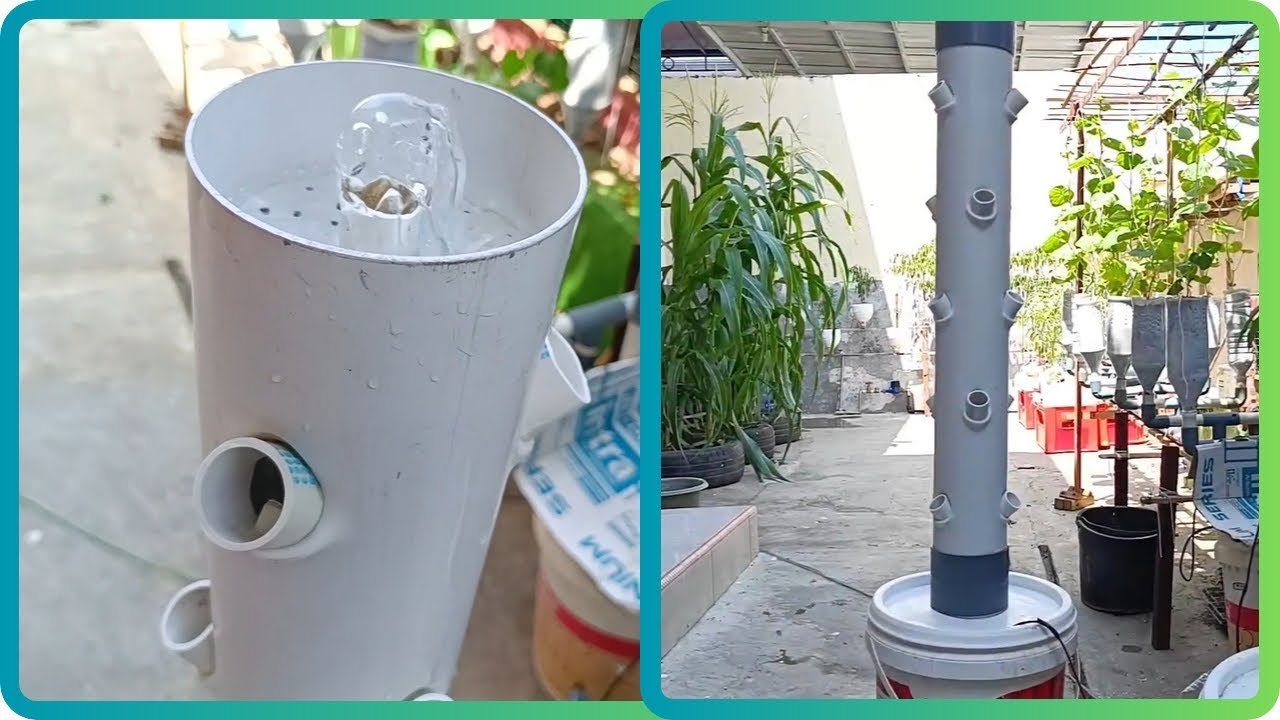
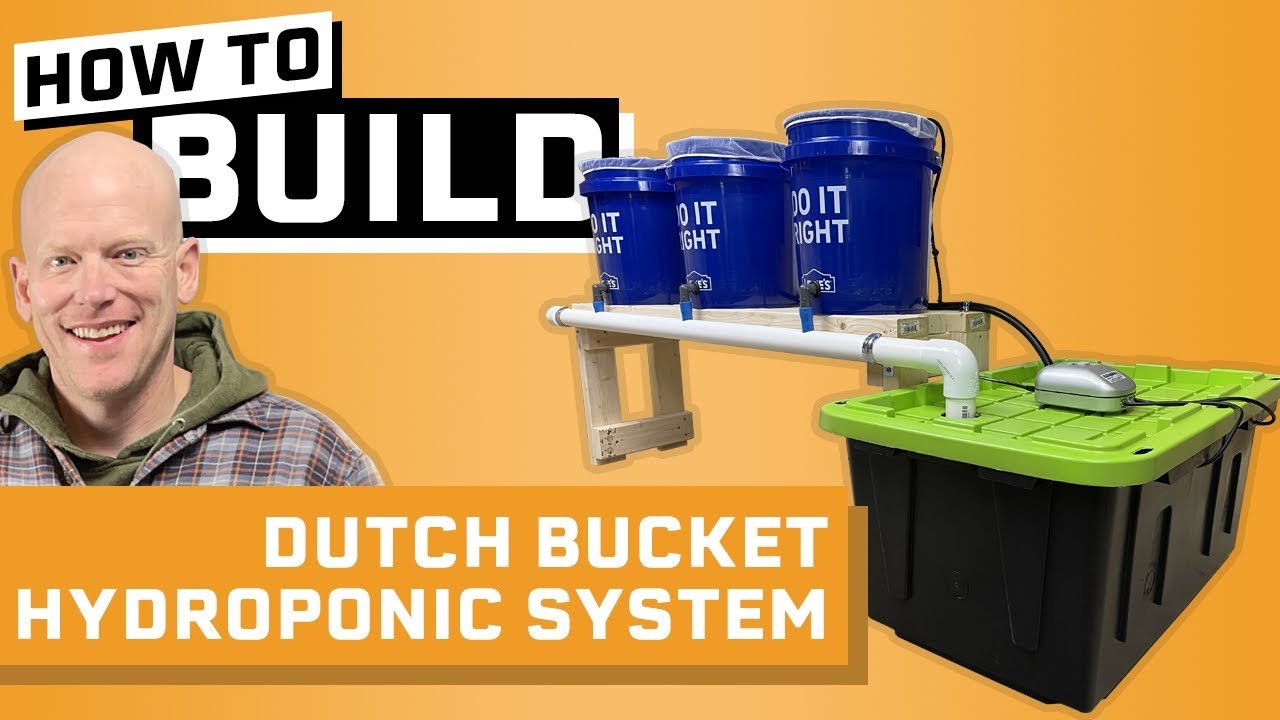
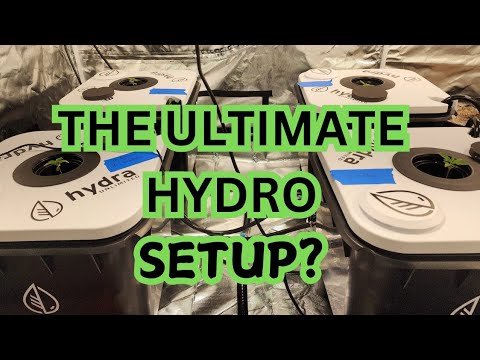
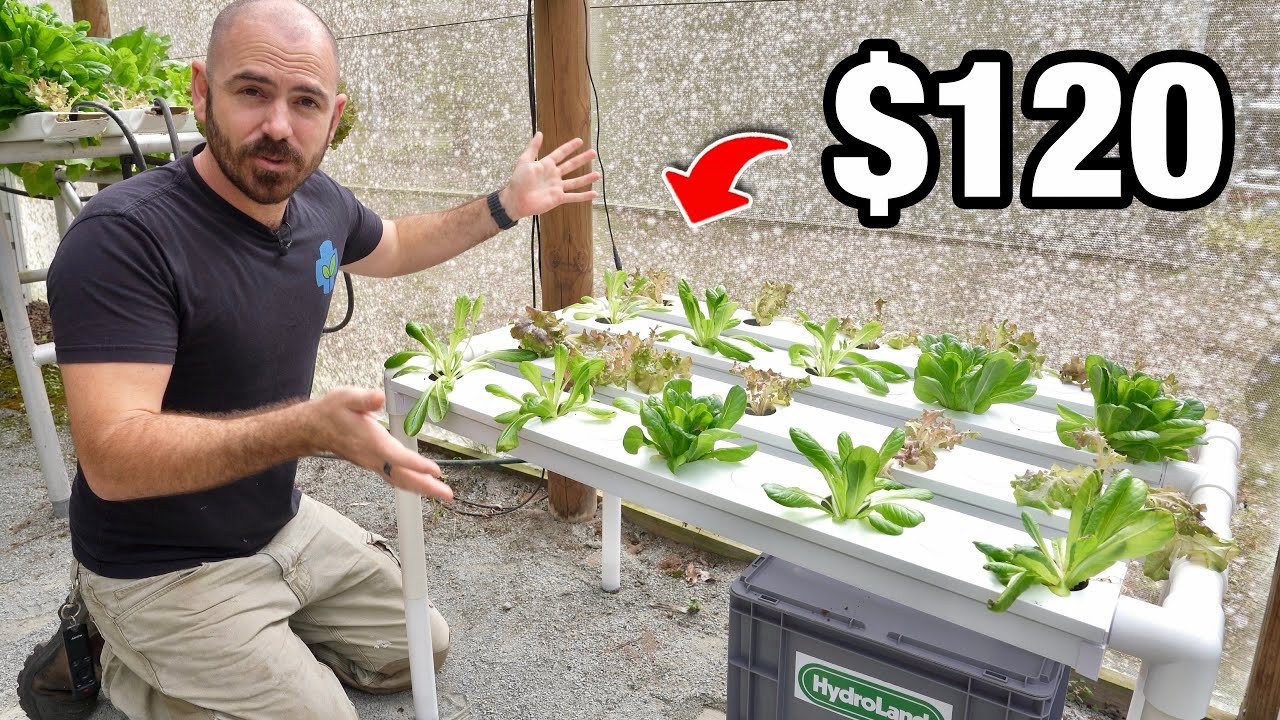

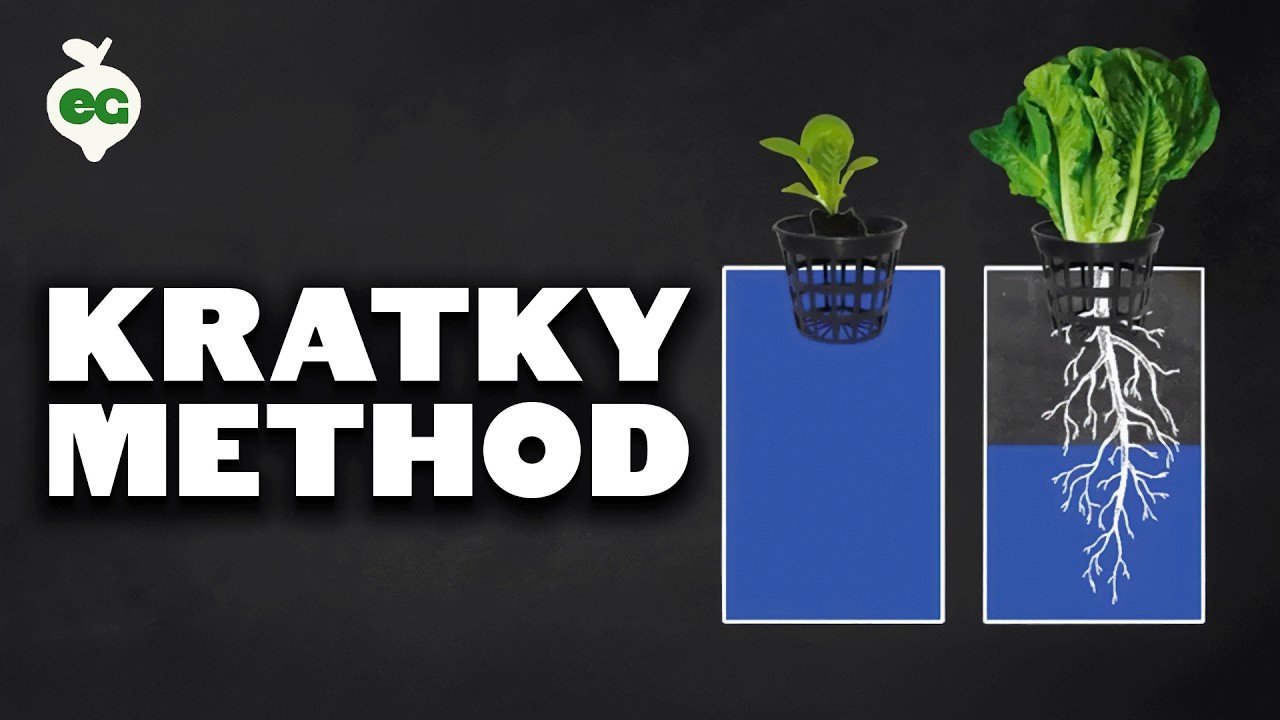
Leave a Reply